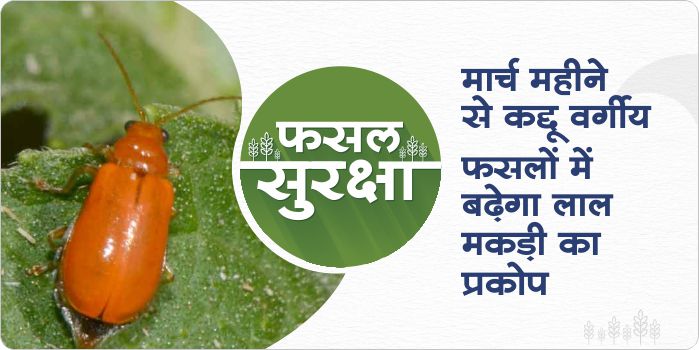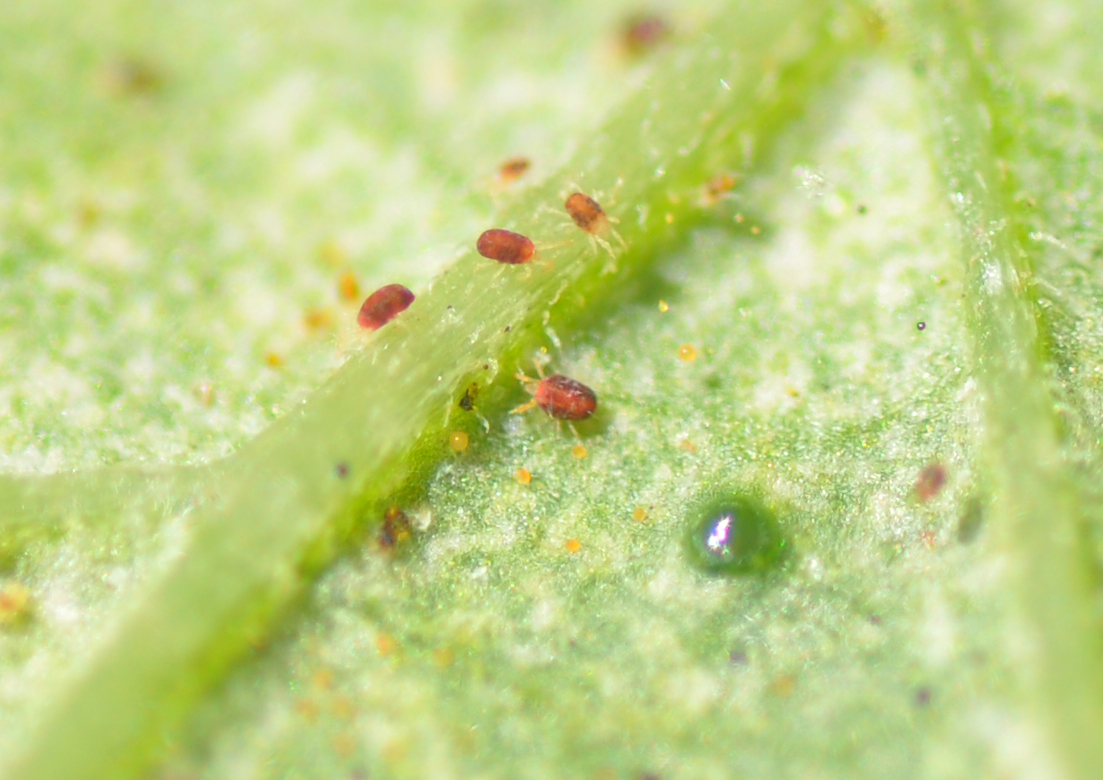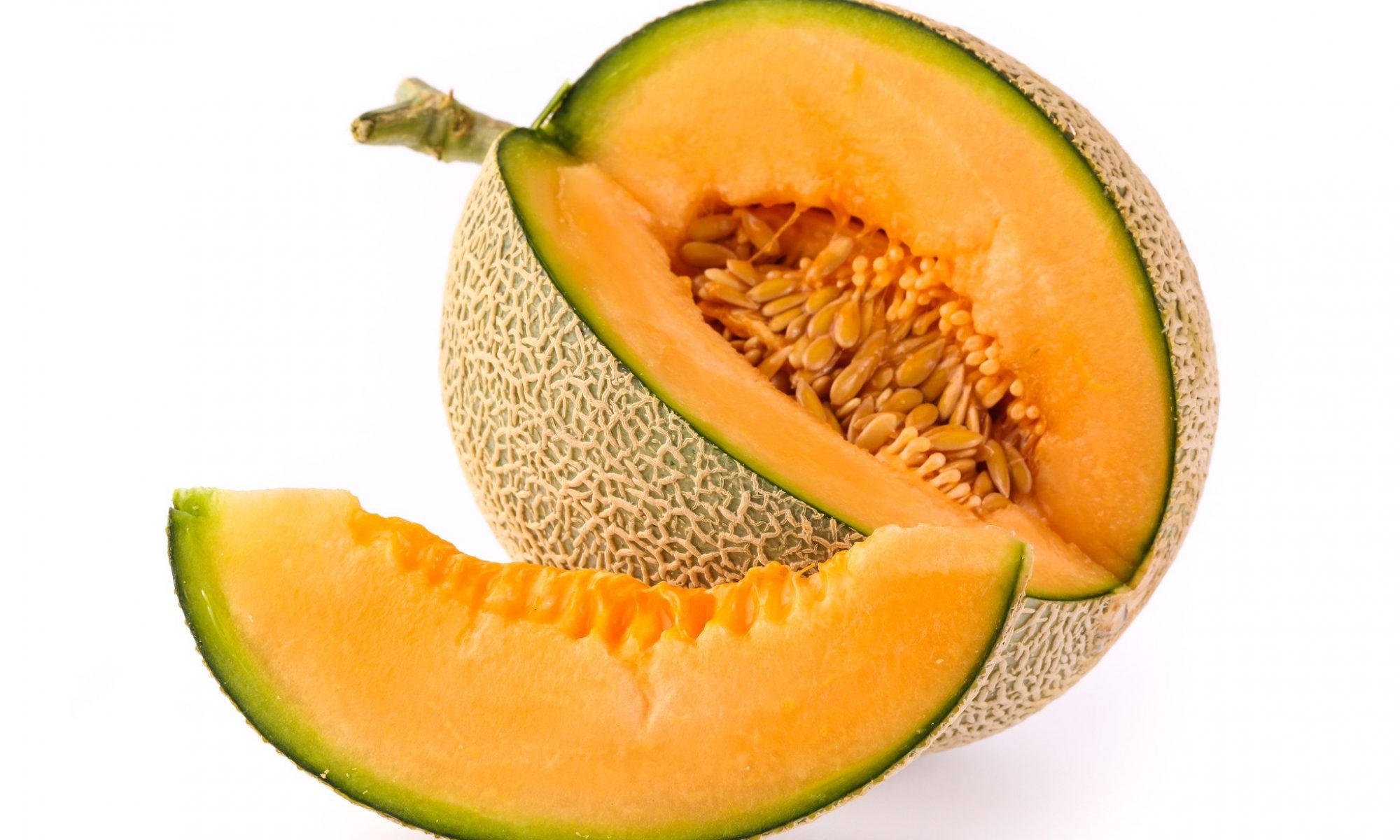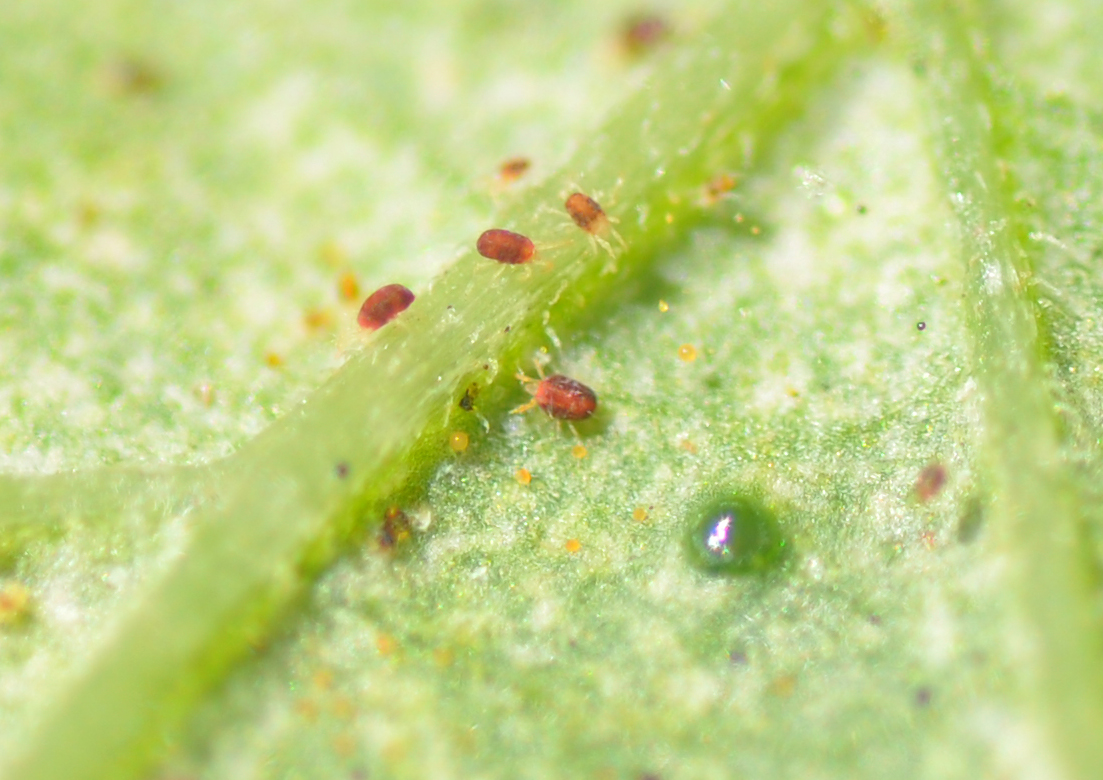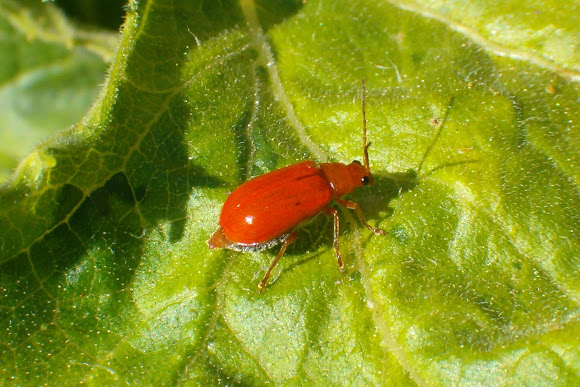- The heavy attack of this insect occurs before the monsoon.
- Its infestation is more visible on the lower surface of the leaves.
- This insect lays eggs near the veins of the leaves.
- In heavy infestation of this insect, the leaf becomes bright yellow
- For the control of this pest spray Propargite 57%EC @ 400 gram/acre or spiromesifen 22.9% SC @ 200 ml/acre or Abamectin 1.9% EC @ 150 ml/acre
- Along with this, use Beauveria Bassiana @ 250 gram/acre as a biological treatment.
How to identify red mites in Cucurbitaceae –
- The red spider mites are 1 mm. long and can be difficult to see by necked eyes.
- Spider mites live in colonies on the undersurface of leaves.
- Larvae, nymphs and adults of mites lacerate leaves from under surface.
- They suck the cell sap resulting in the production of white patches between Vines and leaves.
Soil requirement for muskmelon
Soil requirement for muskmelon –
- Muskmelon can be cultivated on wide range of soils.
- cultivation is best suited on sandy loam/light textured, warm, well-drained soils with high organic matter. High yield within organic matter.
- High yield with good flavor can be expected with soil pH 6.0 to 7.0.
- Soil temperature below 15°C slow the seed germination and growth.
- Alkaline soil with high salt concentration is not suitable for cultivation.
Like and share with other farmers by clicking on button below
ShareManagement of Red Spider Mites in Cucurbitaceae
Management of Red Spider Mites in Cucurbitaceae:-
Identification:-
- The red spider mites are 1 mm. long and can be difficult to see by necked eyes.
- Spider mites live in colonies on the under surface of leaves.
- A single colony may contain hundreds of individuals.
- Eggs are spherical and translucent, like tiny droplets, becoming cream colored before hatching.
- Adults have eight legs and an oval shaped body with two red eyespots near the head end of the body.
- Females usually have a large, dark blotch on each side of the body and numerous bristles covering the legs and body.
- Newly hatched larvae have only six legs.
Nature of Damage:-
- Larvae, nymphs and adults of mites lacerate leaves from under surface.
- They suck the cell sap resulting in production of white patches between vien and leaves.
Control:-
- Spray neem oil on under surface of the leaves in early morning before sunrise.
- Spray propargite 57% EC @ 3 ml/ litre of water twice within 7 days.
Like and share with other farmers by clicking on button below.
ShareDowny Mildew in Cucurbitaceae
Downy Mildew in Cucurbitaceae
Symptoms:-
- Water soaked lesions appears on under surface of leaf lamina.
- Angular spots appear on upper surface similar to water soaked lesions.
- Lesions appear first on the older leaves and progressive on the younger leaves.
- As the lesions expand, they may remain yellow or become dry and brown.
- Affected vines do not set fruit properly.
Control:-
- Plucking and destroy of affected leaves.
- Use resistant cultivars.
- Spray Mancozeb 3 Gm/litre on under surface of leaves.
- Crop rotation and sanitation reduces the severity of the disease.
Like and share with other farmers by clicking on button below.
Share
Red Pumpkin Beetle in Cucurbitaceae
Red Pumpkin Beetle-
Identification-
- Eggs are spherical in shape and yellowish pink in colour, changes in to orange after a couple of day.
- Freshly hatched grubs are dirty white in colour where as fall grown ones are creamy yellow and about 22mm long.
- Pupae are pale white and are found in earthen cells 15 to 25mm deep in the soil.
- Adult beetles are 6-10mm long and having glistering red to yellowish brown elytra that are infirmly covered with fine punctures.
Damage-
- The grubs feed on the roots and underground portion of host plants and fruits touching the soil.
- The damaged roots and infested underground, portion of stems start rotting due to secondary infection by saproliytic fungi, and the unripe fruits of such vines dry up.
- Infested fruits become unfit for human consumption.
- Adult beetles feed voraciously on leaf lamina making irregular holes.
- They prefer young seedling and tender leaves and damage may even kill the seedlings.
Control-
- As insect pupate in the soil, deep ploughing soon after the crop exposes and kill grubs and pupae.
- Apply Cartap hydrochloride 3 G granule 3-4cm deep in soil near base of germinated seedlings.
- Spray the crop with Cypermethrin 25% EC (1 ml/lit) +Dimethoat 30% EC (2 Ml/litre ) or Carbaryl 50% WP (3 gm/Litre) of water at fortnight intervals starting from 25 days after transplanting to control the pest.
Like and share with other farmers by clicking on button below.
Share
